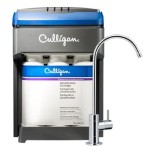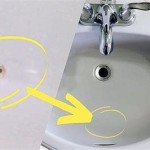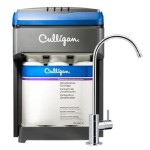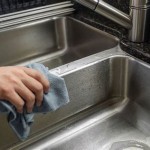Plumbing For A Kitchen Sink
The kitchen sink is one of the most important fixtures in your home. It's where you wash dishes, prepare food, and clean up after meals. That's why it's so important to have a properly functioning sink. If your sink is leaking, clogged, or otherwise damaged, it can be a major inconvenience.
There are a few different types of plumbing that you may need to do for a kitchen sink. The most common type is drain plumbing. This involves connecting the sink to the drainpipe, which carries wastewater away from the sink. Drain plumbing can be as simple as attaching a P-trap to the sink and connecting it to the drainpipe, or it can be more complex, involving running new drainpipes or replacing old ones.
Another type of plumbing that you may need to do for a kitchen sink is supply plumbing. This involves connecting the sink to the water supply, which provides water to the sink. Supply plumbing can be as simple as connecting a flexible hose to the sink and connecting it to the water supply valve, or it can be more complex, involving running new water supply lines or replacing old ones.
If you are not comfortable doing plumbing work yourself, it is best to hire a licensed plumber. A plumber can help you to determine what type of plumbing is needed for your sink and can do the work quickly and efficiently.
Here are some tips for plumbing a kitchen sink:
- Turn off the water supply to the sink before you start working.
- Use a flashlight to inspect the underside of the sink for any leaks or damage.
- If you are replacing the sink, measure the old sink and make sure that the new sink is the same size.
- Follow the manufacturer's instructions for installing the new sink.
- Turn on the water supply and check for leaks.
By following these tips, you can ensure that your kitchen sink is properly plumbed and is functioning properly.
Tools and Materials
The following tools and materials are typically needed to plumbing a kitchen sink:
- Wrench
- Pliers
- Screwdriver
- Plumber's putty
- Teflon tape
- P-trap
- Flexible hose
- Water supply valve
You may also need other tools and materials, depending on the specific type of plumbing that you are doing.
Troubleshooting
If you are having problems with your kitchen sink, there are a few things that you can do to troubleshoot the problem:
- Check for leaks. Look for any water leaking from the sink, faucet, or drain.
- Check the drain. Make sure that the drain is not clogged. If it is, you can try to unclog it using a drain snake or chemical drain cleaner.
- Check the water supply. Make sure that the water supply to the sink is turned on.
- Check the faucet. Make sure that the faucet is turned on and that the water is flowing properly.
If you are unable to troubleshoot the problem yourself, it is best to call a licensed plumber.

How To Connect A Kitchen Sink Drain Youtube

Kitchen Sink Plumbing How To Make A Drain Better

Pin Page

How To Connect A Kitchen Sink Drain 2024

Kitchen Plumbing Systems Hometips

Kitchen Sink Plumbing How To Make A Drain Better

Kitchen Sink Drain Through Floor P Trap Arm Length

Kitchen Sink Drainage Step By Youtube

Under Sink Plumbing At Com

How To Install A Kitchen Sink Drain With Pictures Wikihow







